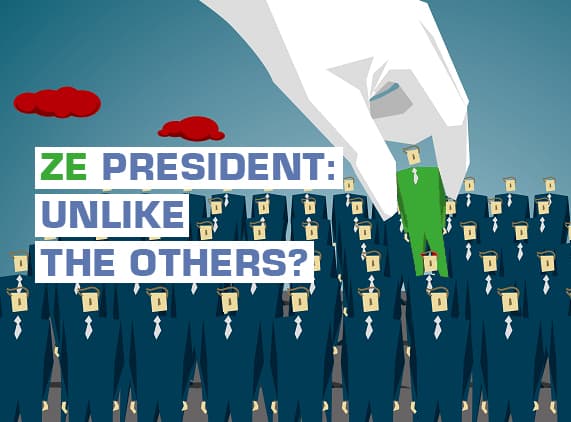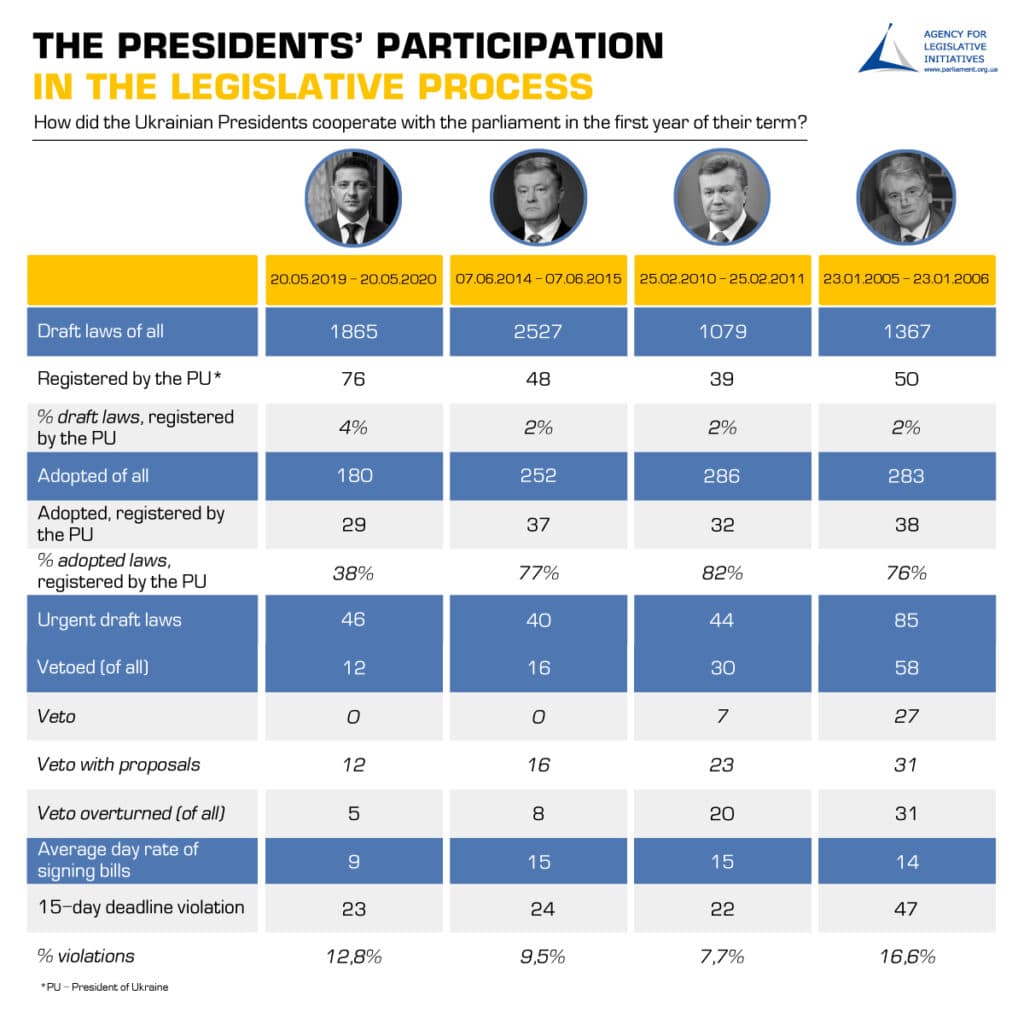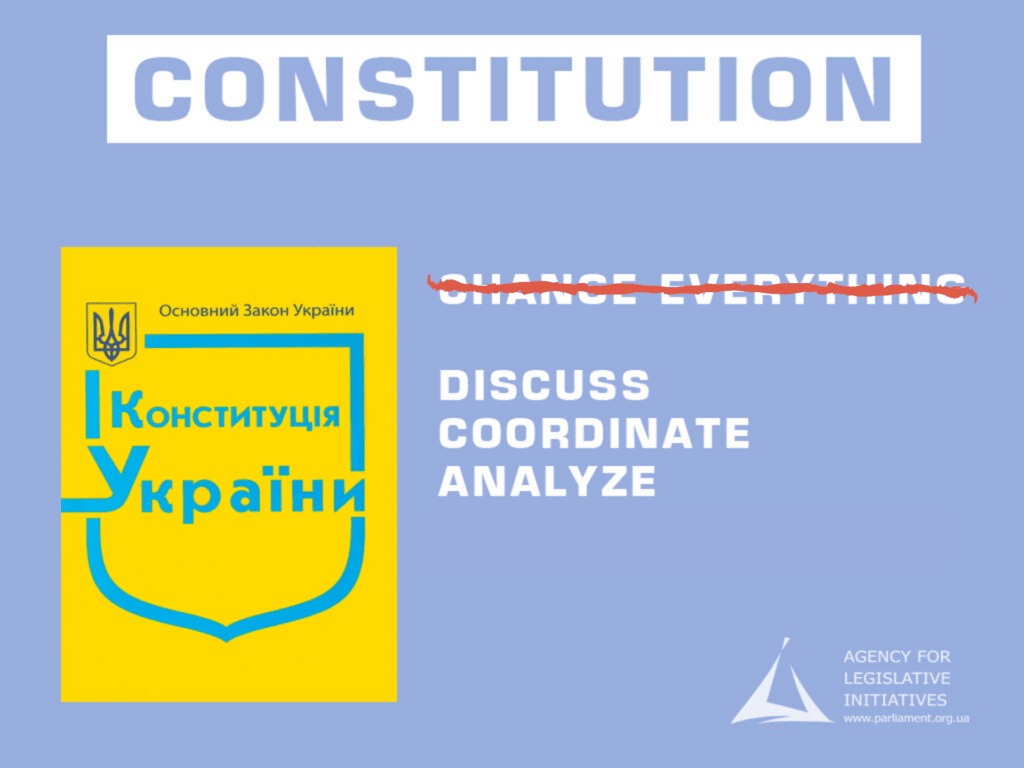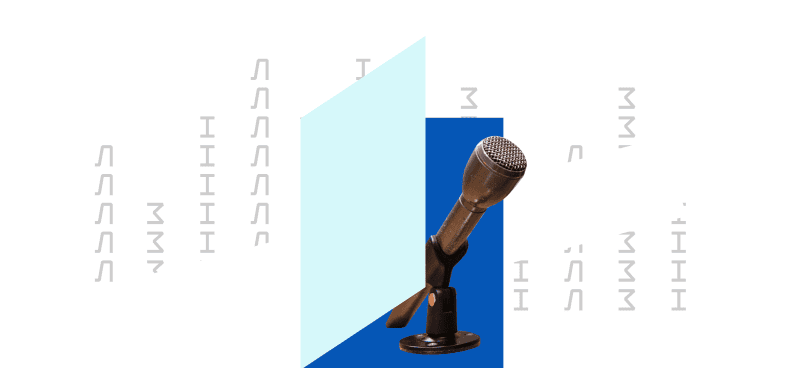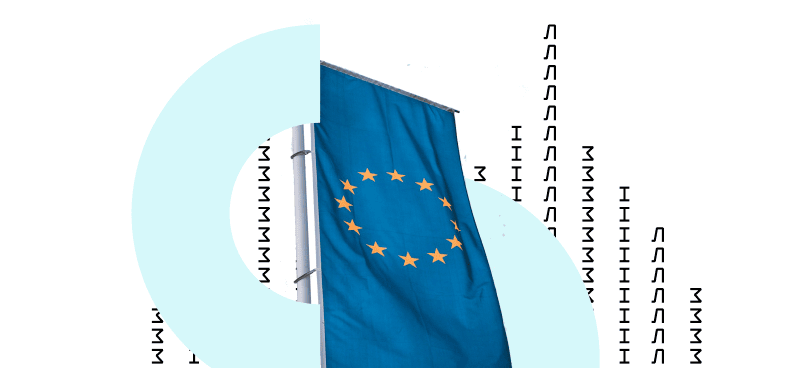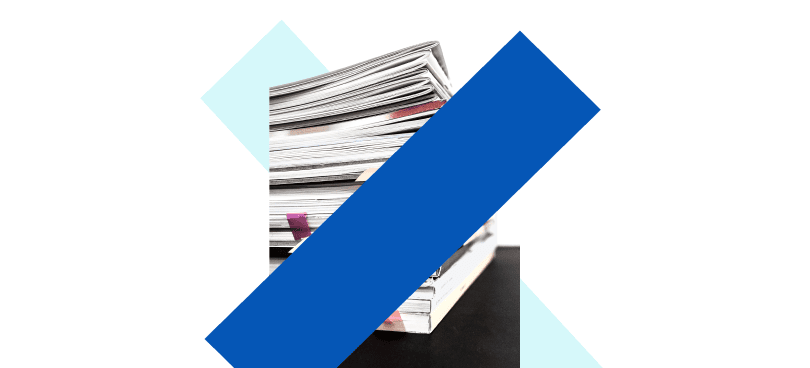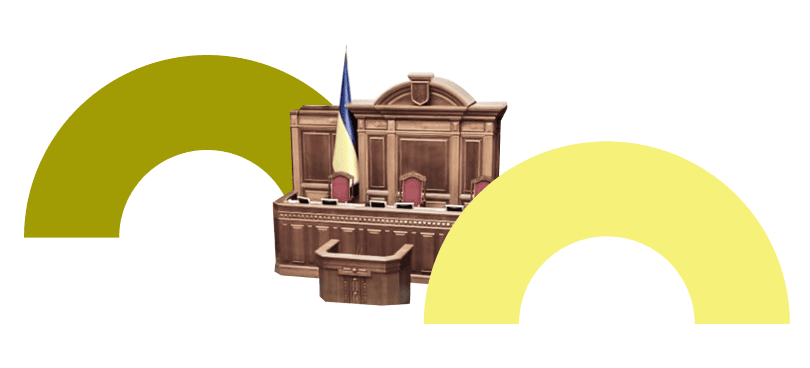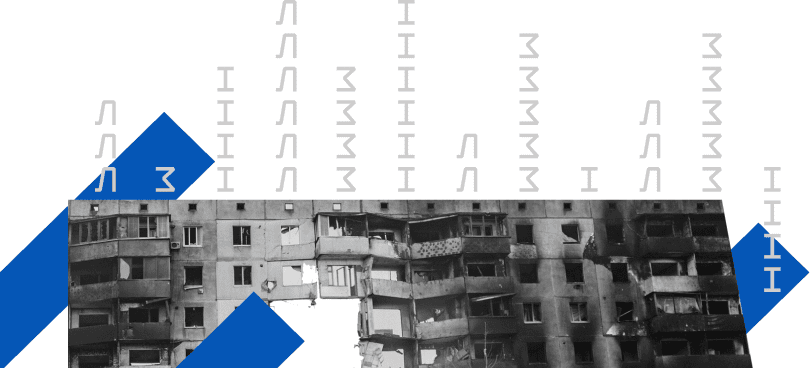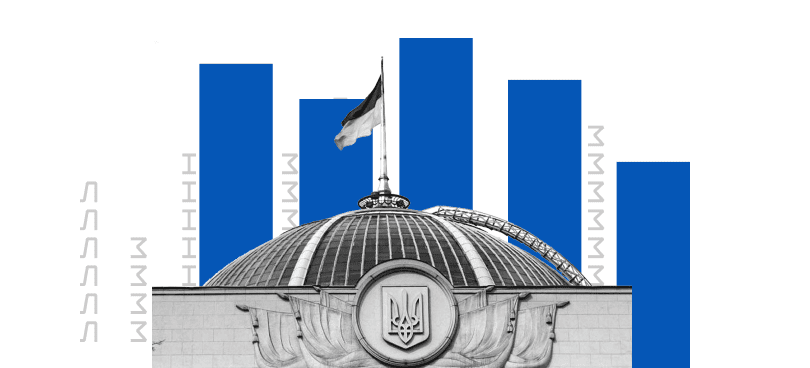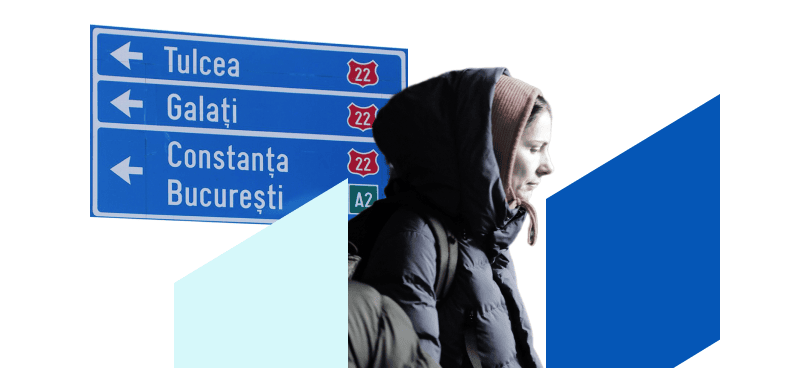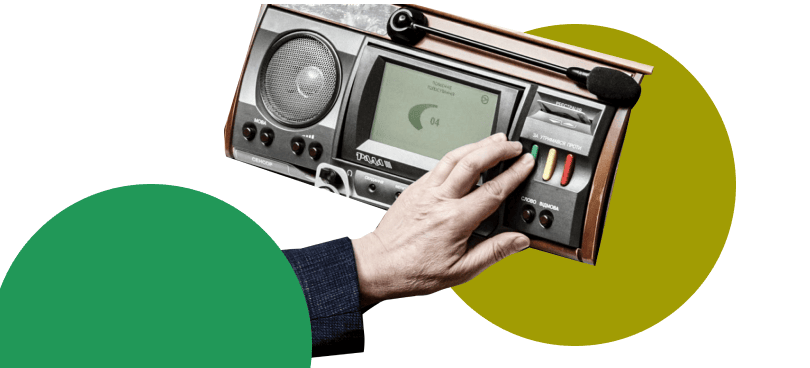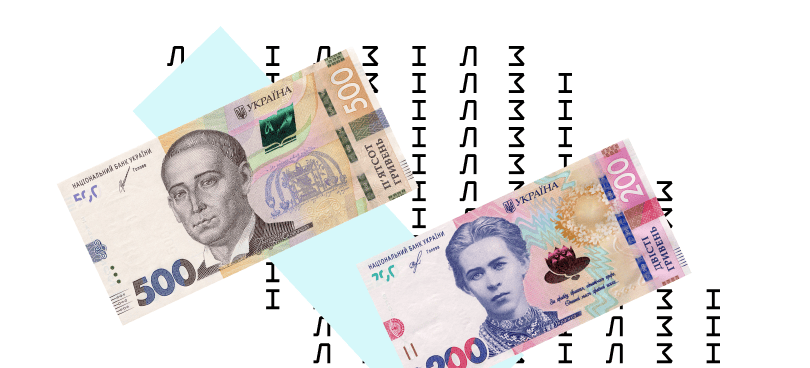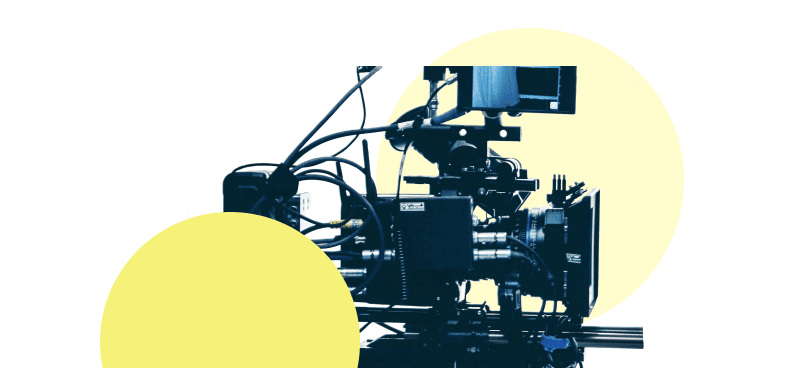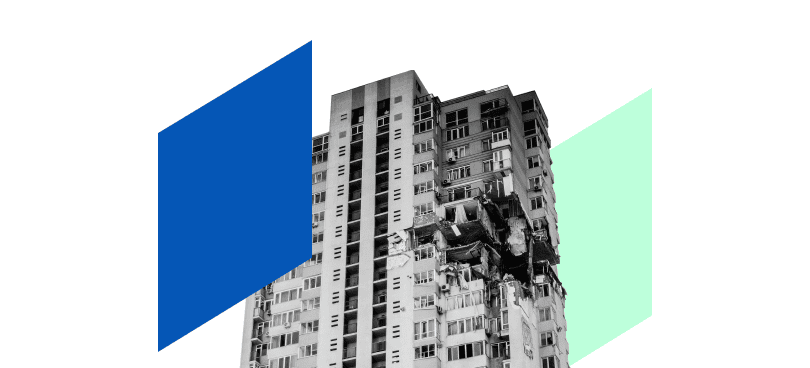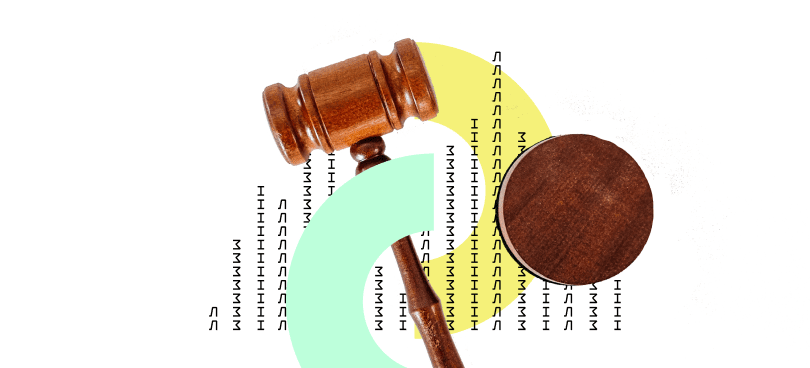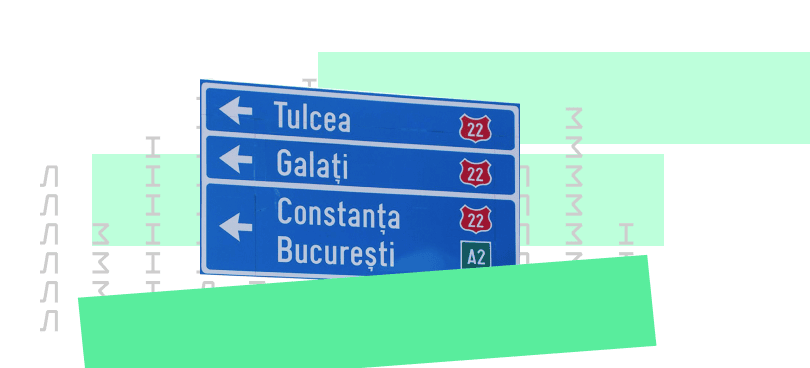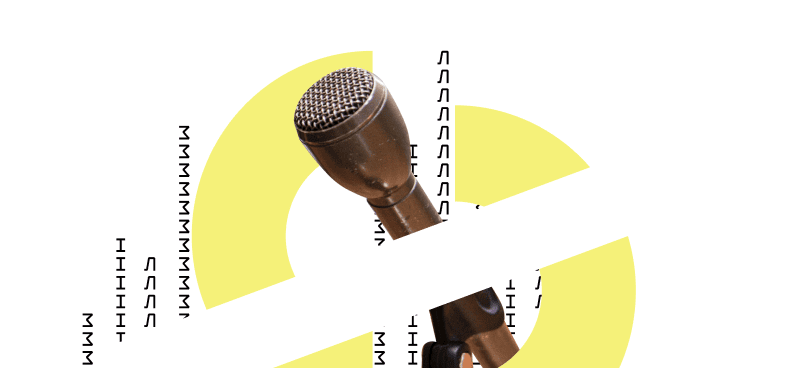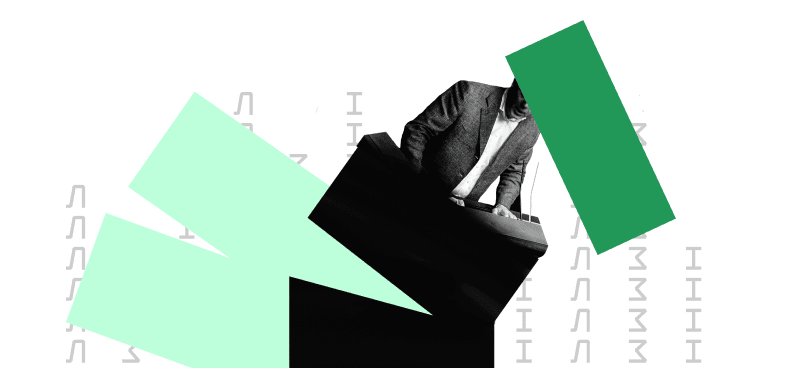From the very beginning of the election campaign, Volodymyr Zelensky positioned himself as a “non-systemic” candidate, and while already in office, at least in the media discourse, he tried to maintain such an image. However, the president is not only a media actor but also a subject of legislative initiative and a critical element of the system of power, the system of checks and balances. The president has his powers, clearly defined by the Constitution. He exercises these powers to a large extent, not independently, but in cooperation with the Government and the Parliament. Did the president manage to become “different from the old politicians” in terms of interaction with other subjects of the legislative initiative in the first year? The answer to this question can be given by the analysis of the legislative activity of Volodymyr Zelensky in comparison with his predecessors.
It is necessary to right away make a remark about the correctness of the analysis of the calendar year of the president’s work, as the head of state exercises his powers in cooperation with the parliament. At the same time, Volodymyr Zelensky received “his” Parliament and Government not immediately, but only at the end of August 2019. It should be reminded here that Ukraine is a parliamentary-presidential republic. The key role in Ukraine, according to the Constitution, is played by the parliament. It “determines the principles of domestic and foreign policy” (paragraph 5 of Article 85) and forms the government, which, in turn, ensures “the implementation of the domestic and foreign policy of the state, the implementation of the Constitution and laws of Ukraine, acts of the President of Ukraine” (paragraph 1 of Article 116). That is, the President of Ukraine, as a “guarantor of state sovereignty, territorial integrity of Ukraine, observance of the Constitution of Ukraine, human and civil rights and freedoms,” exercises his powers regardless of the presence or absence of “his” Parliament and Government. Besides, previous presidents have started their first year from diverse positions. Therefore, in our opinion, it is quite relevant to analyze the results of the work of the president’s calendar year, as well as to compare them with the “predecessors”.
President in the legislative process: illusory efficiency
The relationship between the president and the parliament can be discussed in different areas. The most interesting dimension, of course, is the degree of the president’s influence on parliament, but often such considerations are based on facts that are difficult to verify. Instead, we tried to analyze the president’s participation in the legislative process, based on formal indicators, and compare the indicators with previous presidents: with Petro Poroshenko, Viktor Yanukovych, and Viktor Yushchenko.
The right of legislative initiative
Zelensky, of the last four presidents, registered the largest number of bills in his first year – 76 (or 4% of all registered this year). His predecessors exercised the right of legislative initiative, respectively: 48 times – Poroshenko, 39 – Yanukovych, 50 – Yushchenko. The relative share of legislative initiatives of other presidents was not more than 2%. At the same time, the rate of adopted presidential bills of Zelensky is twice lower – 38% – compared to the previous presidents, where the share of adopted ranged from 76% to 82%. This situation looks rather strange because the president had his “mono-majority” in parliament for most of the calendar year, which became a unique situation in Ukrainian history. Given the frequent personnel changes during the year, as well as the results of the survey of the Sociological Group “Rating”, this situation may indicate the active use of the model “good President – bad MPs/officials”, which leads to a positive image of the president. Another explanation may be that the party “Servant of the People” was formed virtually and from people who were not connected in any way before the election. This, after a while, affected the weak factional discipline and led to multiple divisions.
Zelensky used his veto only 12 times in the first year. And this is the lowest number among the four presidents. It is logical given the presence of support in the parliament, which previous presidents could not boast of in the first year of their work. It may also indicate a significant influence of the president on the legislative branch and the lack of polarization of views on legislative activity in the party (at least during the first months of work). Given the possible split in the “majority”, it is likely that in the coming years, the president will use his veto more actively. For comparison, during the first year of his presidency, Poroshenko used his veto power 16 times, Yanukovych 30 times, and Yushchenko 58 times (!). Interestingly, the tactics of vetoing by presidents are quite different. Thus, Yushchenko and Poroshenko periodically vetoed bills two or more times.
According to Article 94 of the Constitution of Ukraine, the president must sign the bill adopted by the Verkhovna Rada within 15 days or return it with his proposals. The average rate (median) of signing bills by Zelensky was 9 days, which is the fastest rate among presidents. For the rest of the presidents, this number is 15 days. However, some of the bills were signed in violation of the 15-day deadline. Thus, Zelensky signed 13% of all adopted laws in violation of the deadline (for other presidents, the figure ranged from 8% to 17%). And while for many such a violation may seem insignificant, it is still a direct violation of the Constitution, which may be grounds for declaring laws unconstitutional. It is also worth mentioning about the situation with three bills that Volodymyr Zelensky inherited from Petro Poroshenko: №0975, №0976, №0977. These bills were neither signed nor vetoed by the new president for much more than 15 days. Zelensky dragged on time until the new parliament was elected to prevent these laws from being passed.
President and government: have two (three)
Another illustrative aspect of the president’s work is how often and under which conditions the government changed. Apart from the prime ministers appointed before the presidency, Volodymyr Zelensky, as of the first year, has the same figures as Viktor Yushchenko (2 newly appointed prime ministers). Zelensky resembles not only Yushchenko but also Kravchuk and Kuchma in the pace of change of heads of government. They all replaced the current prime minister with a new one on 9-11 months of their presidencies.
Eternally imperfect Constitution
Analyzing the activities of Ukrainian presidents, we cannot ignore the fact that every president of the independent Ukraine tried to change the Constitution. Volodymyr Zelensky is no exception.
The first President of Ukraine is Leonid Kravchuk. For Kravchuk, the change of the Constitution of the USSR to the Constitution of Ukraine seemed logical and natural: a new state – a new Constitution. Leonid Kravchuk started working on the new Constitution before his presidency when he was the Chairman of the Verkhovna Rada. The Constitutional Commission was established. The Concept of the new Constitution was developed. However, the turbulent events of the early 1990s prevented the Verkhovna Rada of the Ukrainian Soviet Socialist Republic of the 12th convocation, which was later renamed the Verkhovna Rada of Ukraine of the 1st convocation, from adopting the Basic Law.
Leonid Kuchma continued the constitutional process, and finally, in 1996, the Constitution was adopted. However, Leonid Kuchma did not limit himself to adopting the Constitution alone. At the end of his first term, he began talking about the need to revise the Constitution, and in 2000 held an all-Ukrainian referendum on reducing the number of MPs to 300 and introducing a bicameral parliament (remember how much this initiative was used in the last election race?). However, the results of the referendum were not embodied in the amendments to the Constitution. And in 2002, against the background of a possible election loss, Leonid Kuchma initiated another reform aimed at strengthening the Verkhovna Rada by reducing the powers of the president and moving to a parliamentary-presidential model. A temporary special commission was set up, and at the end of Leonid Kuchma’s term in 2004, the relevant amendments to the Constitution were adopted.
Viktor Yushchenko took office just after the 2004 constitutional reform (which gradually came into force during 2005-2006), so, unlike his two predecessors, he did not initiate constitutional changes in the first year of his presidency. However, without constitutional changes, Viktor Yushchenko could not hold out. In 2007, the National Constitutional Council was established, headed by the president himself. Maryna Stavniychuk became its secretary. However, Yushchenko did not have enough support in the Verkhovna Rada, so he wanted to amend the Constitution through a referendum, but failed to do so. In 2009, a draft amendment to the Constitution was submitted to the Verkhovna Rada. This project, among other things, provided for a bicameral parliament and an increase in the powers of the president. In the end, without the support of the Verkhovna Rada, Viktor Yushchenko could not make any changes to the Constitution.
Viktor Yanukovych has decided not to waste his first year of presidency within the constitutional powers in force at the time, which he inherited from his predecessors. Therefore, at the hands of his fellow party members in parliament, he appealed to the Constitutional Court regarding the illegality of the constitutional changes of 2004. In the fall of 2010, the CCU (the Constitutional Court of Ukraine) declared these changes unconstitutional. At the end of the first year of his presidency, Viktor Yanukovych made his first changes to the Constitution, again using the help of the Party of Regions faction in parliament. Among the significant changes, in particular, the president managed to increase the term of office of the Verkhovna Rada and local councils from 4 to 5 years.
After that, on February 21, 2011, Viktor Yanukovych formed the Constitutional Assembly. The Head of the Assembly was Leonid Kravchuk, and the secretary was Marina Stavniychuk. The Constitutional Assembly was to work out amendments to the Constitution regarding the powers of government and local self-government. The next amendments to the Constitution were the expansion of the powers of the Accounting Chamber, which was allowed to control revenues to the state budget.
The events of late 2013 – early 2014 led to the termination of the Constitutional Assembly. That is, the Constitutional Assembly had no results in the form of comprehensive amendments to the Basic Law.
After the victory of the Revolution of Dignity on February 21, 2014, the Verkhovna Rada restored the 2004 version of the Constitution.
Petro Poroshenko also did not hesitate to amend the Constitution. Already in June 2014, he submitted a draft law amending the Constitution (on the powers of public authorities and local self-government), but he withdrew it. And in March 2015 (in the 10th month of the presidency), he set up a Constitutional Commission. This commission was to work out amendments to the Constitution in three areas:
- Decentralization.
- Justice.
- Rights and freedoms of man and citizen.
The first results of the work of the Constitutional Commission appeared in the summer of 2015. At that time, amendments were proposed to the Constitution regarding the decentralization of power (draft law № 2217a). There were intentions to change the entire vertical of power at the local level and introduce a new administrative-territorial system. However, the bill was withdrawn after the presidency passed from Poroshenko to Zelensky.
The changes proposed by Petro Poroshenko in the field of justice proved to be more productive. As a result, the following was approved:
- The High Council of Justice elects judges.
- Instead of a 5-year term, judges are elected indefinitely.
- Neither the President nor the Verkhovna Rada can dismiss judges.
- A constitutional complaint mechanism has been introduced.
- Only lawyers can defend citizens in court.
At the end of his presidential term, Petro Poroshenko initiated two more amendments to the Constitution – consolidating the course of Ukraine’s integration with NATO and the EU.
The second draft of amendments to the Constitution (draft law № 9310 on renaming the Dnipropetrovsk region, actually initiated by a group of MPs) did not receive the necessary support in the hall and was withdrawn from consideration.
Volodymyr Zelensky has not yet set up commissions or assemblies. Still, in the first year of his presidency, he has already initiated eight draft amendments to the Constitution and made changes to the Constitution initiated by his predecessor.
Petro Poroshenko introduced the bill on the abolition of parliamentary immunity, but it was considered and adopted under Volodymyr Zelensky.
Zelensky’s legislative initiatives have not yet been implemented. Some are now under consideration, and some have already been rejected. Namely – it is:
- Amendments to the abolition of the lawyer’s monopoly (draft law № 1013), according to which citizens can represent themselves in courts, except for representation in criminal cases. The bill is pending.
- Changes in regulatory bodies (draft law № 1014), under which the president will be able to form new regulatory bodies, appoint and dismiss the National Anti-Corruption Bureau of Ukraine (NABU) and the State Bureau of Investigations chairpersons. The bill was rejected.
- Amendments to the legislative initiative of the people (draft law № 1015), according to which the people are given the right of legislative initiative. The bill is pending.
- Amendments to the Commissioners of the Verkhovna Rada (draft law № 1016), which introduce the position of the Commissioners of the Verkhovna Rada of Ukraine in compliance with the Constitution of Ukraine and regulations in certain areas. The bill received a negative opinion of the Constitutional Court. It is pending.
- Amendments to reduce the number of MPs and implement the proportional electoral system (draft law № 1017), which reduces the number of MPs to 300, and the Constitution establishes a proportional electoral system. The bill is awaiting consideration, although it has received an opinion from the Constitutional Court with reservations.
- Changes to expand the grounds for deprivation of an MP’s mandate (draft law № 1027), according to which it is proposed to take away an MP’s mandate in case of impersonal voting or absence of an MP for more than a third of sittings. The bill received a negative opinion of the Constitutional Court, pending.
- Amendments to additional bodies of the Verkhovna Rada (draft law № 1028), according to which the Verkhovna Rada receives the right to establish advisory and consultative bodies. The bill received a positive opinion of the Constitutional Court, pending.
- Changes in the decentralization of power (draft law № 2598), which introduces a new structure of local government and a new administrative-territorial system. The bill was withdrawn.
Thus, in the first year of his presidency, Volodymyr Zelensky submitted the most bills on amendments to the Constitution among all Presidents of Ukraine. But it is important to note that the draft amendments submitted by Volodymyr Zelensky are particular, although some of them have repeatedly been positioned, for example, as a “parliamentary” reform.
Also, unlike his predecessors, Zelensky, at least so far, has not created bodies or open and inclusive platforms for drafting amendments to the Constitution. Legislative initiatives of the sixth President of Ukraine can be summarized as follows:
- Among all the draft laws, only the draft law that was being developed during the time of Petro Poroshenko’s presidency was adopted.
- three draft amendments to the Constitution have already received the conclusions of the CCU. They have been preliminarily approved (although the draft amendments № 1017 received the opinion of the CCU with reservations).
- one draft amendment received the conclusions of the Constitutional Court with reservations and has not yet been considered.
- three draft amendments received negative conclusions of the Constitutional Court and, therefore, cannot be adopted.
- one draft amendment was withdrawn without being considered.
Instead of conclusions
The general conclusion of the comparative analysis is that Volodymyr Zelensky, as president, is not as different from his predecessors as it may seem from media discourse. At least, the frequency of changes in the government, violations during the legislative process, as well as attempts to “quickly” change the Constitution make him similar to other Presidents of Ukraine. And the active reflection of public discontent onto other constitutional subjects evokes an analogy with Leonid Kuchma, which, as a result, is confirmed by a poll by the sociological group “Rating”.
However, the differences that still exist can be reduced to the following aspects:
- Legislative (but not very effective) activity;
- Attempts to act as fast as the procedures allow;
- Attempts to avoid deliberation (discussion) in making important decisions – in particular, about changes to the Constitution.
Which results and consequences these similarities and differences will lead to – we will see and analyze later.

